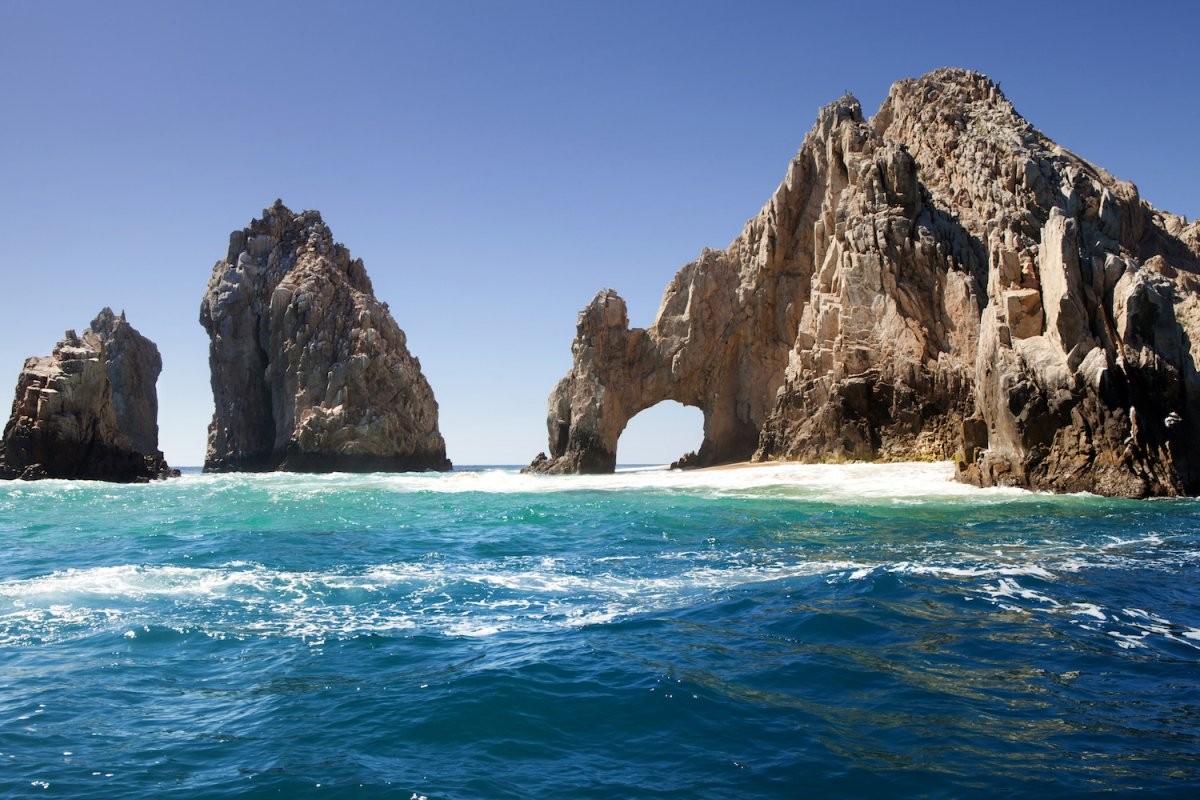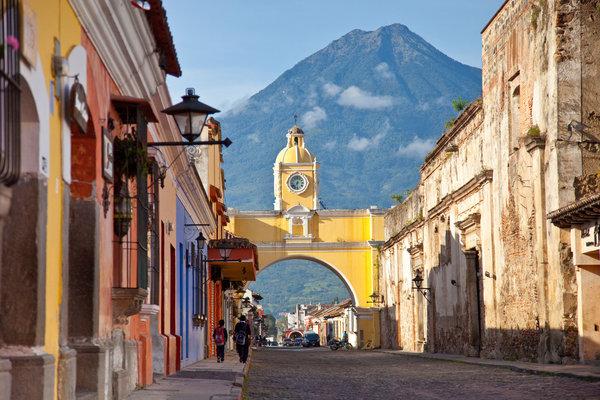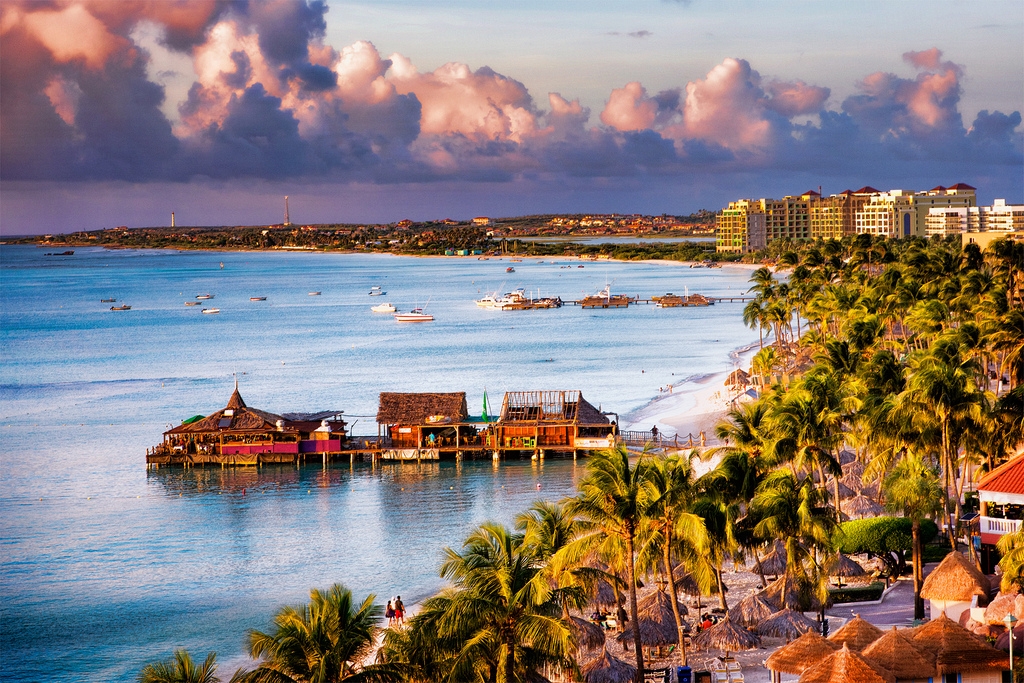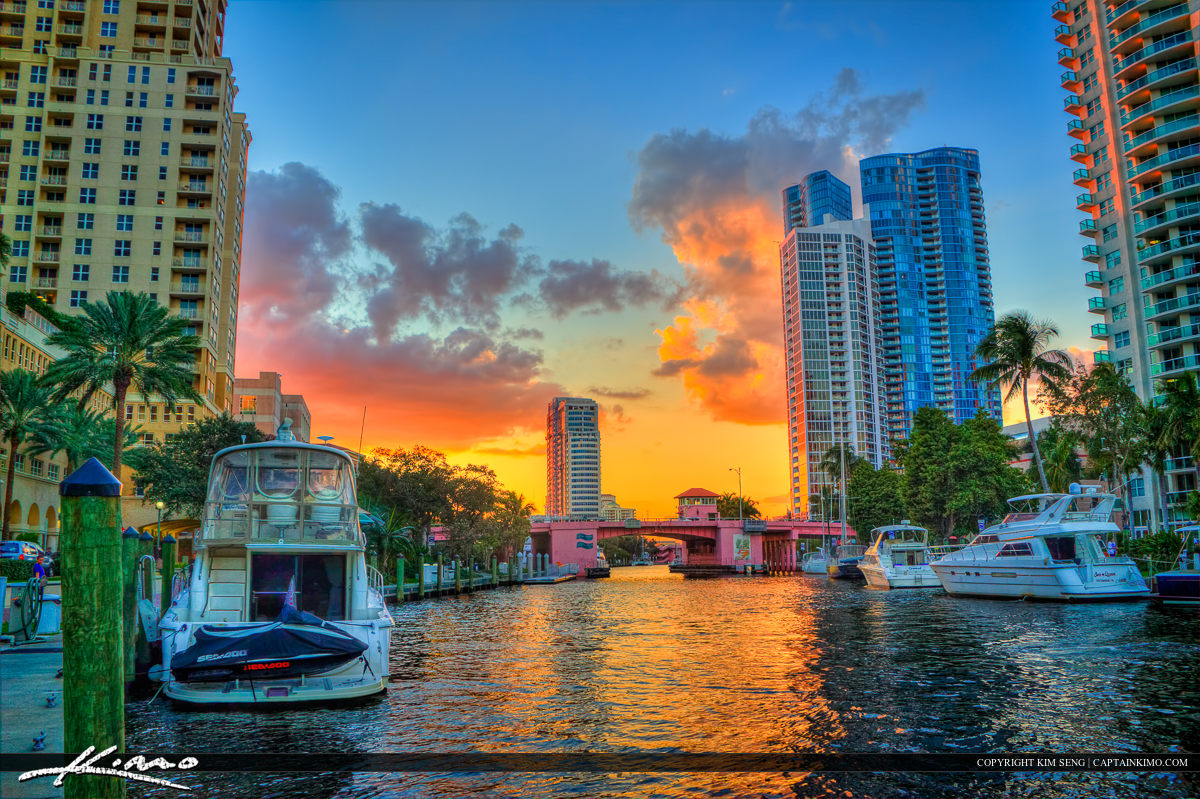

| Cruise Region :
South America / Antarctica Transatlantic cruises |
| Company Category : Premium |
| Company name : Holland America Line |
| Ship name : Volendam |
| Journey Start Date : Tue 01 Oct 2019 |
| Journey End Date : Fri 18 Oct 2019 |
| Port start : San Diego California / USA |
| Port end : Fort Lauderdale / USA |
| Count Nights : 17 nights |
| Day | Port | Date | Arrival | Departure |
|---|---|---|---|---|
| 1 | San Diego California / USA | Tue 01 Oct | 17:00 | |
| 2 | Day at sea / Sea | Wed 02 Oct | ||
| 3 | Cabo San Lucas / Mexico | Thu 03 Oct | 12:00 | 18:00 |
| 4 | Day at sea / Sea | Fri 04 Oct | ||
| 5 | Day at sea / Sea | Sat 05 Oct | ||
| 6 | Puerto Chiapas / Mexico | Sun 06 Oct | 08:00 | 17:00 |
| 7 | Puerto Quetzal / Guatemala | Mon 07 Oct | 08:00 | 18:00 |
| 8 | Corinth Corinto / Nicaragua | Tue 08 Oct | 08:00 | 16:00 |
| 9 | Puerto Caldera / Costa Rica | Wed 09 Oct | 08:00 | 18:00 |
| 10 | Day at sea / Sea | Thu 10 Oct | ||
| 11 | Panama Canal / Panama | Fri 11 Oct | ||
| 12 | Balboa / Panama | Sat 12 Oct | 05:00 | 05:00 |
| 13 | Christoba / Panama | Sun 13 Oct | 19:00 | 19:00 |
| 14 | Day at sea / Sea | Mon 14 Oct | ||
| 15 | Aruba (Oranjestad) / Aruba | Tue 15 Oct | 08:00 | 23:00 |
| 16 | Curaçao / Curacao | Wed 16 Oct | 08:00 | 23:00 |
| 17 | Kralendijk, about. Bonaire / Bonaire | Thu 17 Oct | 08:00 | 16:00 |
| 18 | Day at sea / Sea | Fri 18 Oct | ||
| 19 | Day at sea / Sea | Sat 19 Oct | ||
| 20 | Fort Lauderdale / USA | Sun 20 Oct | 07:00 |
| Build Year : 1999 |
| Renew Year : 2009 |
| Length : 237.00 |
| Speed : 23.00 |
| Capacity : 1432 |
| Deck Quantity : 10 |



Cabo San Lucas or simply Cabo, is a resort city at the southern tip of the Baja California Peninsula, in the Mexican state of Baja California Sur. As of 2015, the population of the city was 81,111 inhabitants. Cabo San Lucas together with San José del Cabo is known as Los Cabos. Together they form a metropolitan area of 305,983 inhabitants.
Cabo has been rated as one of Mexico's top 5 tourist destinations; it is known for its beaches, scuba diving locations, balnearios, the sea arch El Arco de Cabo San Lucas, and marine life. The Los Cabos Corridor has become a heavily trafficked vacation destination for tourists, with numerous resorts and timeshares along the coast between Cabo San Lucas and San José del Cabo.
Cabo houses a range of wildlife, including rays, sharks, birds, and a range of fish, such as mahi-mahi (dorado), and striped marlin.








The Panama Canal is an artificial 82 km (51 mi) waterway in Panama that connects the Atlantic Ocean with the Pacific Ocean. The canal cuts across the Isthmus of Panama and is a conduit for maritime trade. Canal locks are at each end to lift ships up to Gatun Lake, an artificial lake created to reduce the amount of excavation work required for the canal, 26 m (85 ft) above sea level, and then lower the ships at the other end. The original locks are 34 m (110 ft) wide. A third, wider lane of locks was constructed between September 2007 and May 2016. The expanded canal began commercial operation on June 26, 2016. The new locks allow transit of larger, post-Panamax ships, capable of handling more cargo.
France began work on the canal in 1881, but stopped due to engineering problems and a high worker mortality rate. The United States took over the project in 1904 and opened the canal on August 15, 1914. One of the largest and most difficult engineering projects ever undertaken, the Panama Canal shortcut greatly reduced the time for ships to travel between the Atlantic and Pacific Oceans, enabling them to avoid the lengthy, hazardous Cape Horn route around the southernmost tip of South America via the Drake Passage or Strait of Magellan.
Colombia, France, and later the United States controlled the territory surrounding the canal during construction. The US continued to control the canal and surrounding Panama Canal Zone until the 1977 Torrijos–Carter Treatiesprovided for handover to Panama. After a period of joint American–Panamanian control, in 1999, the canal was taken over by the Panamanian government. It is now managed and operated by the government-owned Panama Canal Authority.




Aruba is an island and a constituent country of the Kingdom of the Netherlands in the southern Caribbean Sea, located about 1,600 kilometres (990 mi) west of the main part of the Lesser Antilles and 29 kilometres (18 mi) north of the coast of Venezuela. It measures 32 kilometres (20 mi) long from its northwestern to its southeastern end and 10 kilometres (6 mi) across at its widest point. Together with Bonaire and Curaçao, Aruba forms a group referred to as the ABC islands. Collectively, Aruba and the other Dutch islands in the Caribbean are often called the Dutch Caribbean.
Aruba is one of the four countries that form the Kingdom of the Netherlands, along with the Netherlands, Curaçao, and Sint Maarten; the citizens of these countries are all Dutch nationals. Aruba has no administrative subdivisions, but, for census purposes, is divided into eight regions. Its capital is Oranjestad.
Unlike much of the Caribbean region, Aruba has a dry climate and an arid, cactus-strewn landscape. This climate has helped tourism as visitors to the island can reliably expect warm, sunny weather. It has a land area of 179 km2(69.1 sq mi) and is densely populated, with a total of 102,484 inhabitants at the 2010 Census. It lies outside Hurricane Alley.

Curaçao is a Lesser Antilles island in the southern Caribbean Sea and the Dutch Caribbean region, about 65 km (40 mi) north of the Venezuelan coast. It is a constituent country (Dutch: land) of the Kingdom of the Netherlands.

Kralendijk is the capital city and main port of the island of Bonaire in the Caribbean Netherlands. The language spoken in the town is Papiamentu, but Dutch and English are widely used. In Dutch, Koralendijk (of which the name Kralendijk is a degeneration) means "coral dike". In Papiamentu, the town is often called Playa or "beach". As of 2006, the town had a population of 3,061.
Off the coast of Kralendijk lies the uninhabited island of Klein Bonaire, noted for diving and snorkeling activities. This small island can be reached by water taxi, or, for divers, by practically all of the local dive operators.



Fort Lauderdale is a city in the U.S. state of Florida, 28 miles (45 km) north of Miami. It is the county seat of Broward County. As of the 2017 census, the city has an estimated population of 180,072. Fort Lauderdale is a principal city of the Miami metropolitan area, which was home to an estimated 6,158,824 people in 2017.
The city is a popular tourist destination, with an average year-round temperature of 75.5 °F (24.2 °C) and 3,000 hours of sunshine per year. Greater Fort Lauderdale, encompassing all of Broward County, hosted 12 million visitors in 2012, including 2.8 million international visitors. In 2012, the county collected $43.9 million from the 5% hotel tax it charges, after hotels in the area recorded an occupancy rate for the year of 72.7 percent and an average daily rate of $114.48. The district has 561 hotels and motels comprising nearly 35,000 rooms. Forty-six cruise ships sailed from Port Everglades in 2012. Greater Fort Lauderdale has over 4,000 restaurants, 63 golf courses, 12 shopping malls, 16 museums, 132 nightclubs, 278 parkland campsites, and 100 marinas housing 45,000 resident yachts.
Fort Lauderdale is named after a series of forts built by the United States during the Second Seminole War. The forts took their name from Major William Lauderdale (1782–1838), younger brother of Lieutenant Colonel James Lauderdale. William Lauderdale was the commander of the detachment of soldiers who built the first fort. However, development of the city did not begin until 50 years after the forts were abandoned at the end of the conflict.
Three forts named "Fort Lauderdale" were constructed: the first was at the fork of the New River, the second was at Tarpon Bend on the New River between the present-day Colee Hammock and Rio Vista neighborhoods, and the third was near the site of the Bahia Mar Marina.